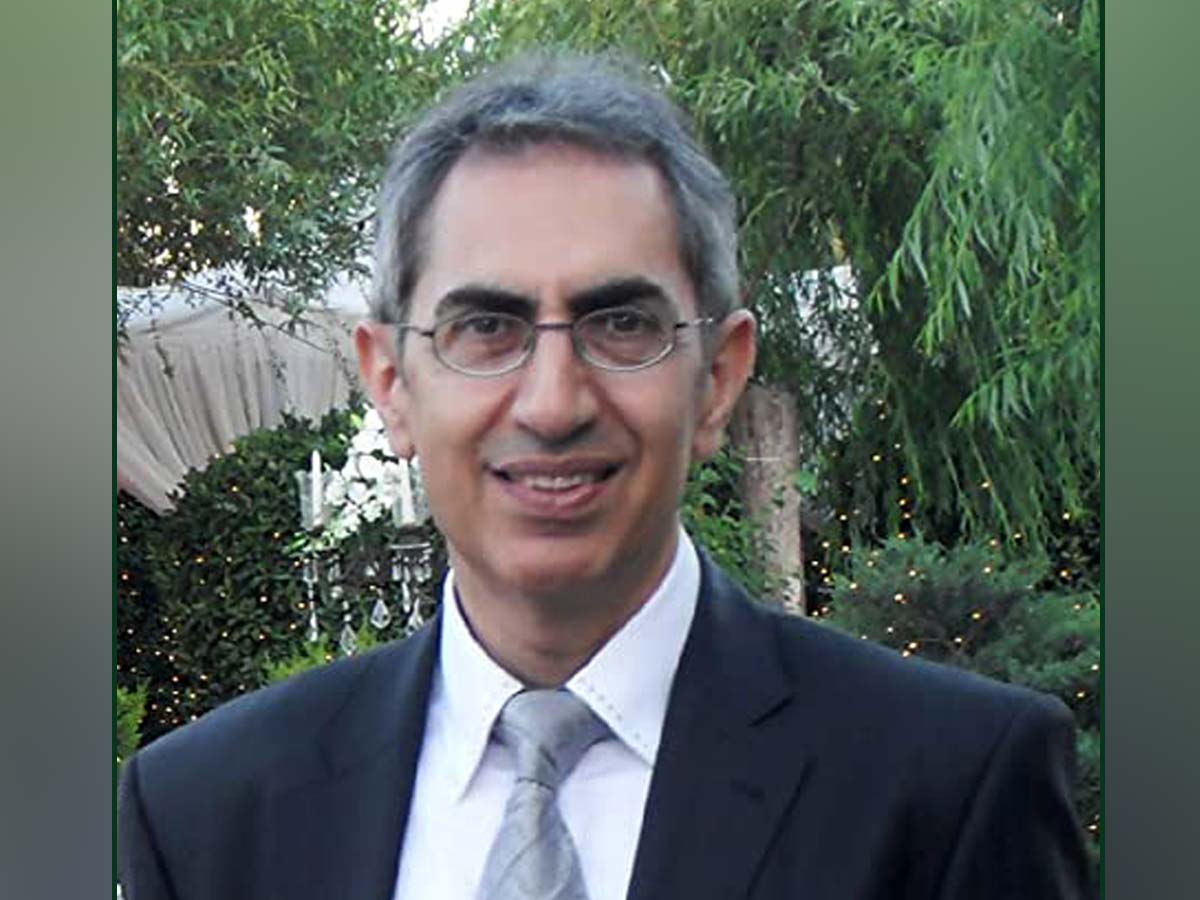As a former member of the Mujahedin-e Khalq and a researcher on destructive cults, Massoud Banisadr, PhD, presented his study on “Mathematical Model of Mind Manipulation”, in a one-day seminar at University of Salford, Manchester. On November 3rd, 2022. Dr. Banisadr was hosted by Dr. Linda Dubrow-Marshall, PhD, a counselling and clinical psychologist and a senior lecturer in Psychology of the School of Health and Society at Salford university.
In the first part of Dr. Banisadr’s lecture, a general description of human mind and the way it is gone under undue influence was presented. Using several examples of his own account of being involved in the MEK cult, he helped us understand how our mind works, what the weak points of our mind are and how it can be manipulated. The second part of his presentation was focused on the relationship between time and mind manipulation and the tools manipulators use to change their victims’ personality. In this file, the third part of his lecture, Dr. Banisadr explains how the conscious mind or System 2 is an obstacle against the unconscious mind or System 1.
to download the video file click here
Tools of Minipulators
He states that manipulators want their victims to act according to their unconscious mind and they do it via different tools. Unconscious mind works through a reward and punishment system. Dr. Banisadr explains his own experience of being subjected to such a technique in the MEK. When he as an active member of the MEK, Massoud Rajavi would send him some presents. Once he sent him his own underwear as a gift which was so precious for Banisadr!
Self-criticism meeting is an example of punishment tool in the MEK. According to Dr. Banisadr, as a daily routine, members of the group have to attend meetings called “Dig” in which they have to confess all they did through a day. Dig means pot in Persian and connotes that the member is in the boiling water in a pot and should confess his sins to and get punished by his or her commanders and peers.
In the cults, daily routines contribute to change the members’ behavior into habits and in the absence of the critical system 2 (conscious mind), the habits are established automatically. The magic of repetition also helps the manipulator to change a lie into reality; change the reality into truth and then to change truth into belief.
This procedure was perfectly used by the MEK leaders after the so-called ideological revolution, the marriage of Massoud Rajavi and Maryam Qajar (Rajavi). Dr. Banisadr remembers how the entire organization was inclined by the photos, words, quotations, posters of Massoud and Maryam that had covered the walls of the group’s headquarters.
Obstacles to defection
Based on Dr. Banisadr’s research, loss aversion is another factor that makes a cult member stay in the cult despite its suppressive atmosphere. Cult members respond more strongly to what they lose if they leave the cult rather than what they gain if they do so. He speaks of one of his friends in the MEK who was fed up with the cult-like ruling of Massoud Rajavi but he was not able to leave the group. “He was tired; he did not want to stay any more but he would think if he left the group what would happen to him, how he would find a gob, how he would make a living outside the group,” Banisadr says.
Dr. Massoud Banidadr suggests that System 2 has a veto power over System 1. Due to lack of will power, System 1 accepts without questioning. What Banisadr calls “Gee Factor” is vital to control a person’s thought, emotions, impulse and performance. He recommends some methods to increase Gee factor.


